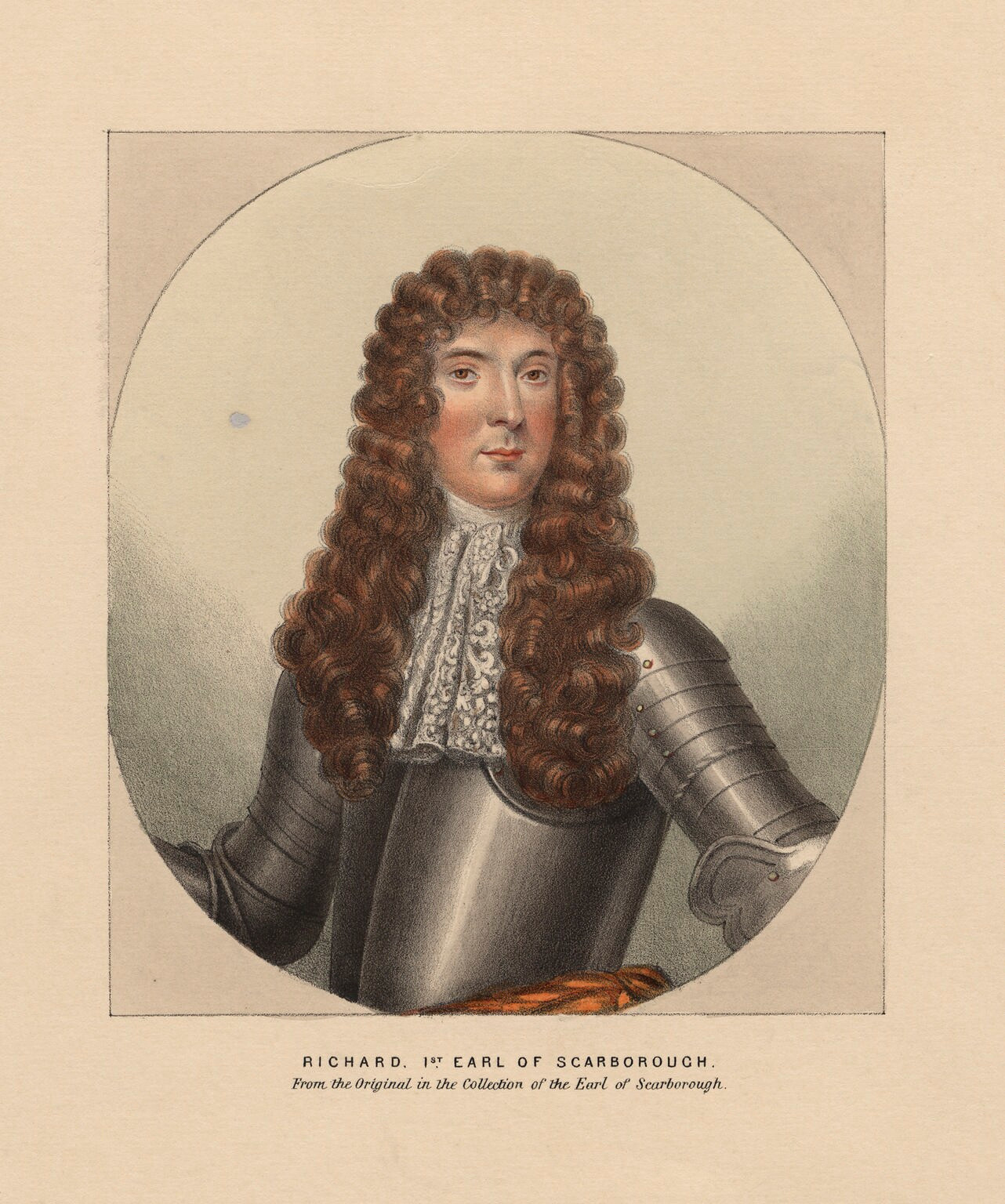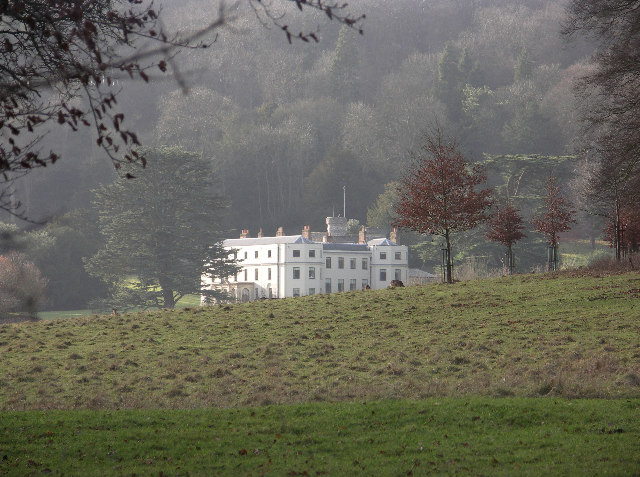|
Henry Fane (general)
General Sir Henry Fane (26 November 177824 March 1840) commanded brigades under Arthur Wellesley, 1st Duke of Wellington during several battles during the Peninsular War, and served both as a member of Parliament and Commander-in-Chief of India. Origins He was the eldest son of Hon. Henry Fane (d.1802), of Fulbeck Hall, Lincolnshire, younger son of Thomas Fane, 8th Earl of Westmorland. Military career Fane joined the 6th Dragoon Guards as a cornet in 1792 and served as '' aide-de-camp'' to the Lord Lieutenant of Ireland, John Fane, before obtaining a Lieutenancy in the 55th Regiment of Foot. He was promoted to Captain-lieutenant in the 4th Dragoons in 1795; to Major the following year and to Lieutenant-colonel in 1797, subsequently serving throughout the rebellion that year. On 1January 1805, following his removal to the Lieutenant-colonency of the 1st King's Dragoon Guards, he was appointed ''aide-de-camp'' to King George III, which made him a Colonel in the army. Peni ... [...More Info...] [...Related Items...] OR: [Wikipedia] [Google] [Baidu] |
São Miguel Island
São Miguel Island (; Portuguese language, Portuguese for "Saint Michael"), nicknamed "The Green Island" (''Ilha Verde''), is the largest and most populous island in the Portugal, Portuguese archipelago of the Azores. The island covers and has around 140,000 inhabitants, with 45,000 people residing in Ponta Delgada, the archipelago's largest city. History In 1427, São Miguel became the second of the islands discovered by Gonçalo Velho Cabral to be settled by colonists from continental Portugal. This date is uncertain, as it is believed that the island was discovered between 1426 and 1437 and inscribed in portolans from the middle of the 15th century. Its discovery was later recorded by Priesthood (Catholic Church), Father Gaspar Frutuoso in the seminal history of the Azores, ''Saudades da Terra'', as he began: "This island of São Miguel where...we are, is mountainous and covered in ravines, and it was, when we discovered it, covered in trees...due to its humidity, with its ... [...More Info...] [...Related Items...] OR: [Wikipedia] [Google] [Baidu] |
1st King's Dragoon Guards
The 1st King's Dragoon Guards was a cavalry regiment in the British Army. The regiment was raised by Sir John Lanier in 1685 as the 2nd Queen's Regiment of Horse, named in honour of Queen Mary, consort of King James II. It was renamed the 2nd King's Own Regiment of Horse in 1714 in honour of George I. The regiment attained the title 1st King's Dragoon Guards in 1751. The regiment served as horse cavalry until 1937 when it was mechanised with light tanks. The regiment became part of the Royal Armoured Corps in 1939. After service in the First World War and the Second World War, the regiment amalgamated with the 2nd Dragoon Guards (Queen's Bays) in 1959 to form the 1st The Queen's Dragoon Guards. History Early history The regiment was raised by Sir John Lanier in 1685 as Lanier's Regiment of Horse or the 2nd Queen's Regiment of Horse, named in honour of Queen Mary, consort of King James II, as part of the response to the Monmouth Rebellion. The regiment saw action at the Battle ... [...More Info...] [...Related Items...] OR: [Wikipedia] [Google] [Baidu] |
55th Regiment Of Foot
The 55th Regiment of Foot was a British Army infantry regiment, raised in 1755. After 1782 it had a county designation added, becoming known as the 55th (Westmorland) Regiment of Foot. Under the Childers Reforms it amalgamated with the 34th (Cumberland) Regiment of Foot to form the Border Regiment in 1881. History Formation The regiment was raised in Stirling by Colonel George Perry as the 57th Regiment of Foot in 1755 for service in the Seven Years' War. It was re-ranked as the 55th Regiment of Foot, following the disbandment of the existing 50th and 51st regiments, in 1756. French and Indian War service The regiment embarked for North America for service in the French and Indian War and arrived in Nova Scotia on 8 July 1757 with the objective of taking part in the abandoned attack on the Fortress of Louisbourg. Following the death of Colonel Perry, Lord George Augustus Viscount Howe was appointed Colonel of the regiment in September 1757. After the regiment arrived in Alb ... [...More Info...] [...Related Items...] OR: [Wikipedia] [Google] [Baidu] |
John Fane, 10th Earl Of Westmorland
John Fane, 10th Earl of Westmorland, (1 June 175915 December 1841), styled Lord Burghersh between 1771 and 1774, was a British Tory (political faction), Tory politician of the late 18th and early 19th centuries, who served in most of the cabinets of the period, primarily as Lord Privy Seal. Background Westmorland was the son of John Fane, 9th Earl of Westmorland, and Augusta, daughter of Robert_Bertie,_1st_Duke_of_Ancaster_and_Kesteven#Family, Lord Montague Bertie. He succeeded in the earldom on the death of his father in 1774. Political career In 1789 Westmorland was appointed United Kingdom Postmaster General, Joint Postmaster General by William Pitt the Younger and sworn of the Her Majesty's Most Honourable Privy Council, Privy Council. Already the same year he was appointed Lord Lieutenant of Ireland by Pitt, a post he held until 1794. On 18 February 1793, he was appointed a deputy lieutenant of Northamptonshire. From 1795 to 1798 he was Master of the Horse under Pitt. The ... [...More Info...] [...Related Items...] OR: [Wikipedia] [Google] [Baidu] |
Lord Lieutenant Of Ireland
Lord Lieutenant of Ireland (), or more formally Lieutenant General and General Governor of Ireland, was the title of the chief governor of Ireland from the Williamite Wars of 1690 until the Partition of Ireland in 1922. This spanned the Kingdom of Ireland (1541–1800) and the United Kingdom of Great Britain and Ireland (1801–1922). The office, under its various names, was often more generally known as the Viceroy, and his wife was known as the vicereine. The government of Ireland in practice was usually in the hands of the Lord Deputy up to the 17th century, and later of the Chief Secretary for Ireland. Role The Lord Lieutenant possessed a number of overlapping roles. He was * the representative of the King (the "viceroy"); * the head of the executive in Ireland; * (on occasion) a member of the English or British Cabinet; * the fount of mercy, justice and patronage; * (on occasion) commander-in-chief in Ireland. * Grand Master of the Order of St. Patrick Prior to the Ac ... [...More Info...] [...Related Items...] OR: [Wikipedia] [Google] [Baidu] |
Cornet (rank)
Cornet was originally the lowest grade of commissioned officer in a British cavalry troop, the modern equivalent being a second lieutenant. The rank was abolished by the 1871 Cardwell Reforms, which replaced it with sub-lieutenant. Although obsolete, the term is still used when referring to a newly commissioned officer (the equivalent of a second lieutenant) within the British Army regiment of the Blues and Royals. The cornet rank was also used by other nations such as the Imperial Russian Army and the Prussians. Etymology A ''cornet'' or "cornet of horse" was in the 17th and 18th century a term for a group of cavalry (typically 100–300 men), so-called because it was accompanied by a cornet player (a trumpet-like instrument, from Latin ''cornū'', "horn"). Later "cornet" came to refer to the fifth commissioned officer in a cavalry troop, who carried the colours; it never referred to the cornet player himself. An alternative etymology claims that the term is derived from a ' ... [...More Info...] [...Related Items...] OR: [Wikipedia] [Google] [Baidu] |
6th Dragoon Guards
The Carabiniers (6th Dragoon Guards) was a cavalry regiment of the British Army. It was formed in 1685 as the Lord Lumley's Regiment of Horse. It was renamed as His Majesty's 1st Regiment of Carabiniers in 1740, the 3rd Regiment of Horse (Carabiniers) in 1756 and the 6th Regiment of Dragoon Guards in 1788. After two centuries of service, including the First World War, the regiment was amalgamated with the 3rd Dragoon Guards (Prince of Wales's) to form the 3rd/6th Dragoon Guards in 1922. History The regiment was raised during the reign of James II, by Richard Lumley, 1st Earl of Scarbrough, who recruited an independent troop of horse in response to the 1685 Monmouth Rebellion. It was subsequently used to create Lord Lumley's Regiment of Horse, and ranked as the 9th Regiment of Horse; the Queen Dowager then gave approval for Lumley to use the title The Queen Dowager's Horse. Lumley was removed in early 1687 for refusing to admit Catholic officers, and replaced by the loyali ... [...More Info...] [...Related Items...] OR: [Wikipedia] [Google] [Baidu] |
Thomas Fane, 8th Earl Of Westmorland
Thomas Fane, 8th Earl of Westmorland (March 1701 – 25 November 1771) was a British MP for Lyme Regis and a lord commissioner of trade. He was an ancestor of the writer George Orwell. Biography Thomas Fane was the second son of Henry Fane of Brympton d'Evercy in Somerset and Anne Scrope, sister and coheir of John Scrope. Anne and John were the grandchildren of Colonel Adrian Scrope, a regicide of Charles I. Thomas Fane inherited John Scrope's fortune and mansion in Bristol, and Colonel Adrian Scrope's property in Oxfordshire and Buckinghamshire, which included Wormsley Park. In 1757 he succeeded his unmarried elder brother Francis to their father's Brympton estate and in 1762 inherited the title of Earl of Westmoreland from John Fane, 7th Earl of Westmorland, his father's childless second-cousin. This brought him the Earls of Westmorland seat at Apethorpe Hall in Northamptonshire. In 1727 Thomas Fane married Elizabeth Swymmer, the daughter of a Bristol merchant and member ... [...More Info...] [...Related Items...] OR: [Wikipedia] [Google] [Baidu] |
Fulbeck
Fulbeck is a small village and civil parish in the South Kesteven district of Lincolnshire, England. The population (including Byards Leap) taken at the 2011 census was 513. The village is on the A607, north from Grantham and north-west from Sleaford. To the north is Leadenham, and to the south, Caythorpe. Toponymy The place-name 'Fulbeck' is mentioned in an 11th-century document as "Fulebec".De Beaurepaire, François; ''Les noms des communes et anciennes paroisses de l'Eure'', éditions Picard 1981. p. 112 It derives from Old Norse ''fúll'' or Old Danish ''full'' "dirty", "stinking" (cognate of Old English ''fūl'' > English foul) and '' bekkr'' "stream". Homonymy with Fuhlbek (Germany, Schleswig-Holstein) and Foulbec (France, Upper Normandy, ''Folebec'' 1066). and three stream-names in the three départements of Orne, Calvados and Manche (Lower Normandy). Fulbeck represents the Scandinavian version of the English place-names (and stream-names) Fulbrook. History Fulbe ... [...More Info...] [...Related Items...] OR: [Wikipedia] [Google] [Baidu] |
Henry Fane (1739–1802)
Henry Fane (4 May 1739 – 4 June 1802) was a British politician who sat in the House of Commons for 30 years between 1772 and 1802. Early life Fane was the younger son of Thomas Fane, 8th Earl of Westmorland, and his wife Elizabeth Swymmer, daughter of William Swymmer, a merchant of Bristol. He was a Clerk to HM Treasury from 7 December 1757 until 29 August 1763, but was described as "very idle and careless and spending much time in the country". Lincolnshire Archives Committee, . Retrieved 9 May 2007. (53 pages), p. 19 Career Fane followed a long line of Fanes as Members of Parliament for Lyme Regis the family's pocket borough, inherited from John Scrope which at times provided the Fanes with up to two members of parliament at the same time. Lord Burghersh succeeded in the peerage in 1772 and was elevated to the House of Lords. Fane was returned unopposed as Member of Parliament for Lyme Regis at the resulting by-election on 27 January 1772. In June 1772, he was a ... [...More Info...] [...Related Items...] OR: [Wikipedia] [Google] [Baidu] |








